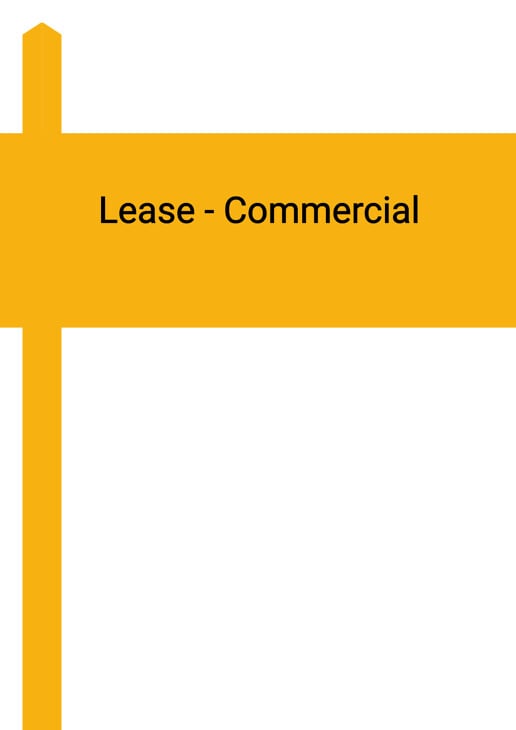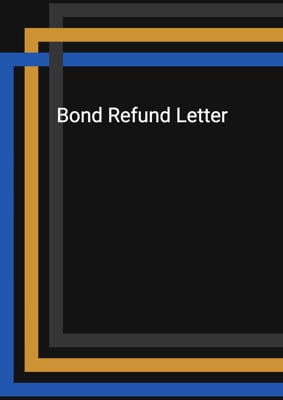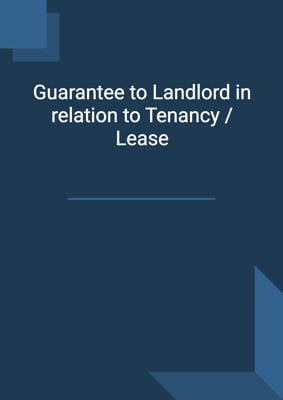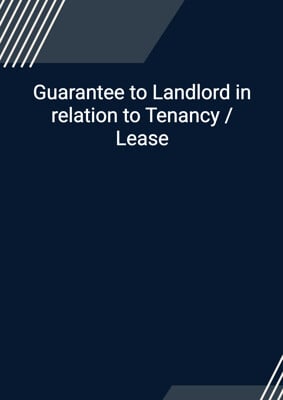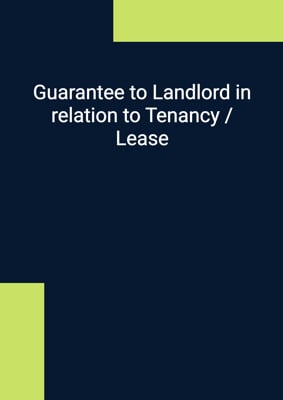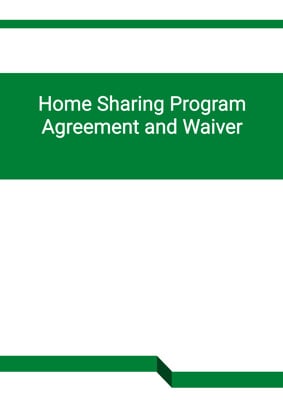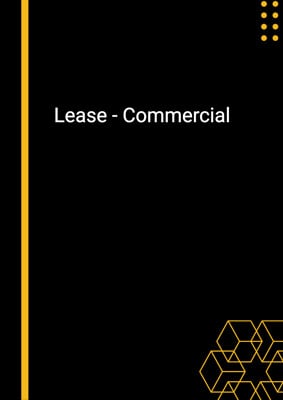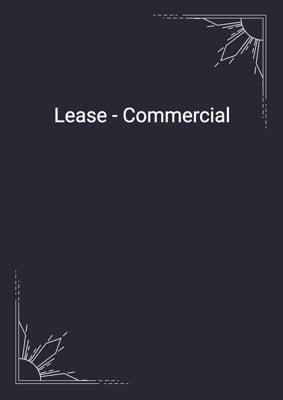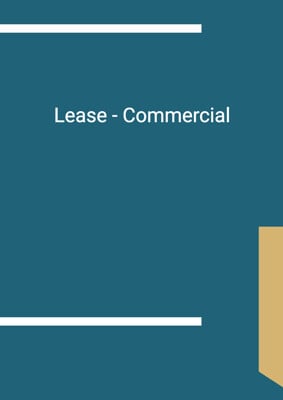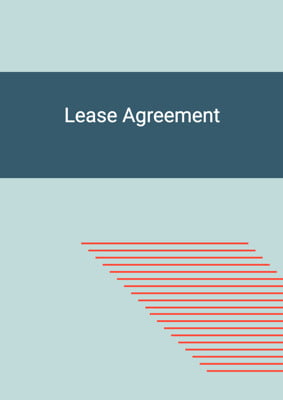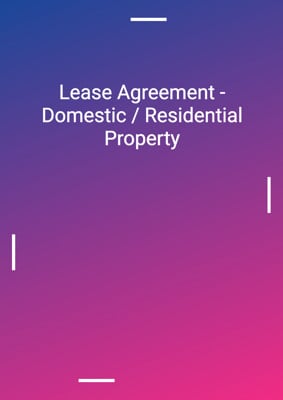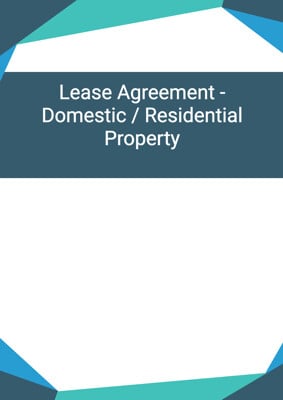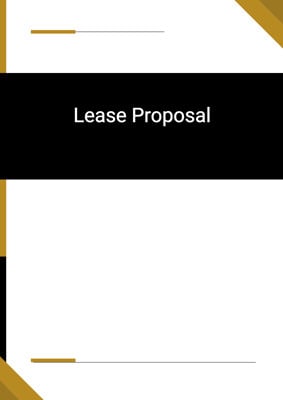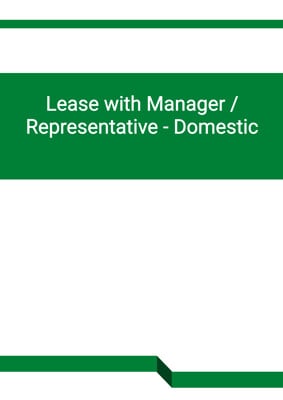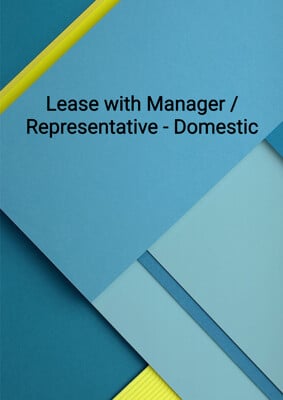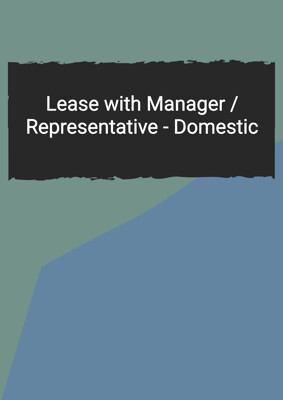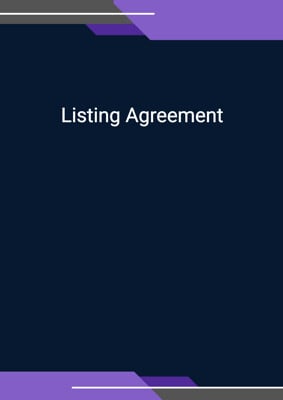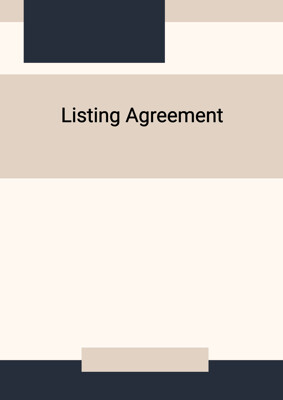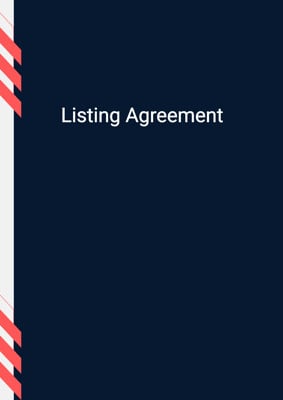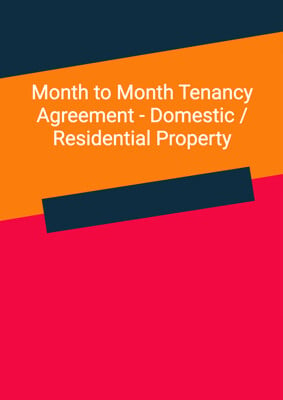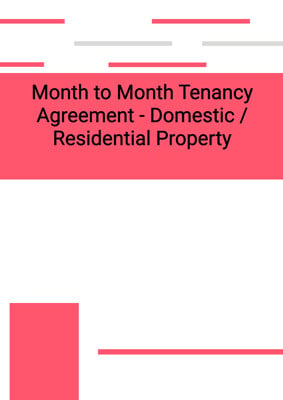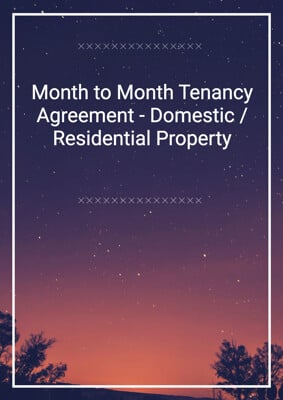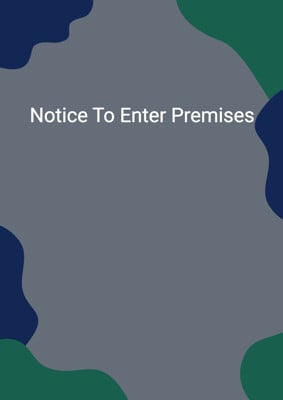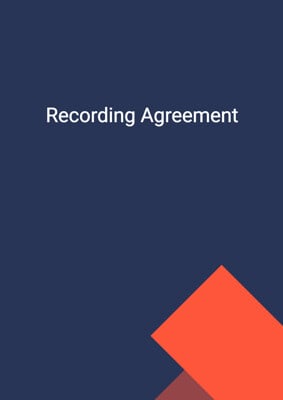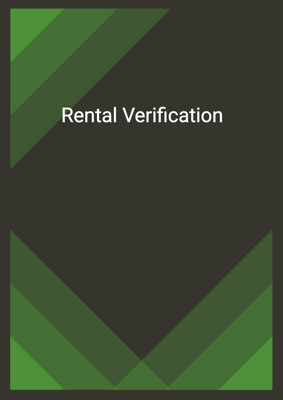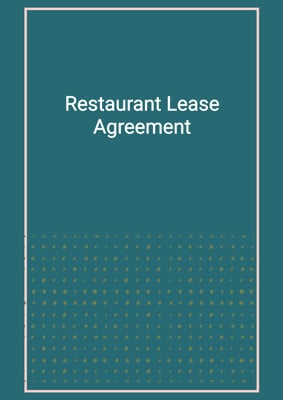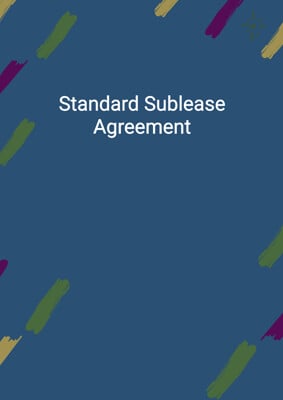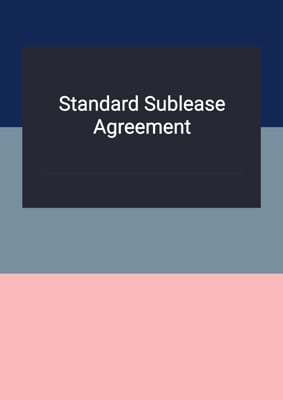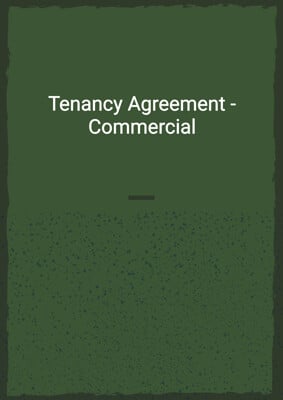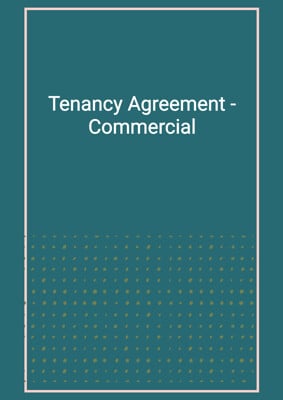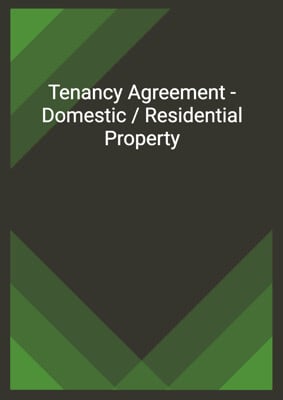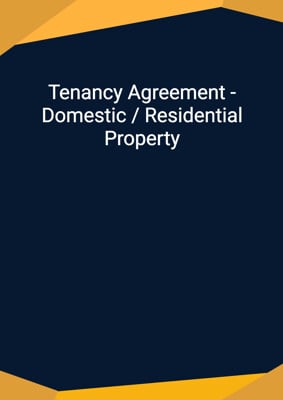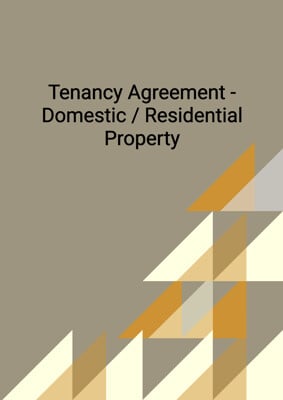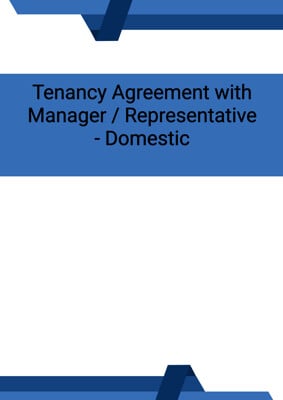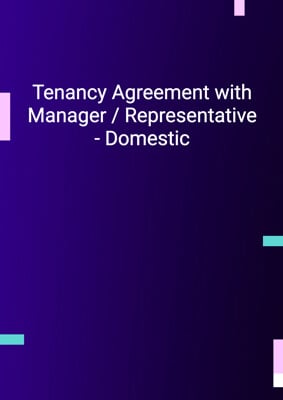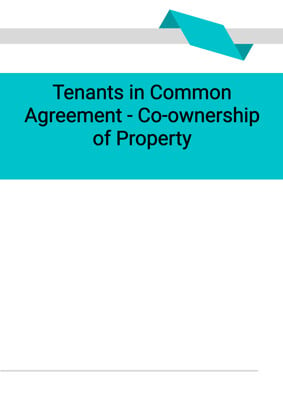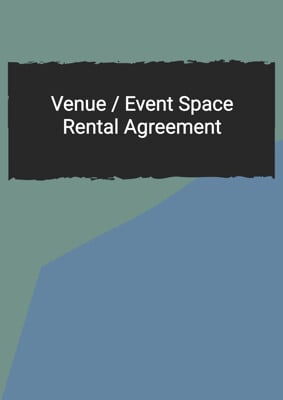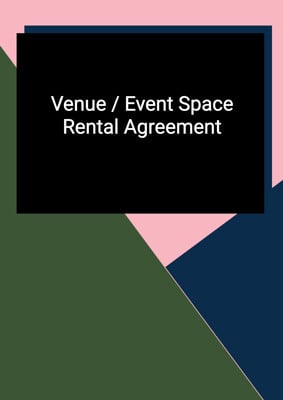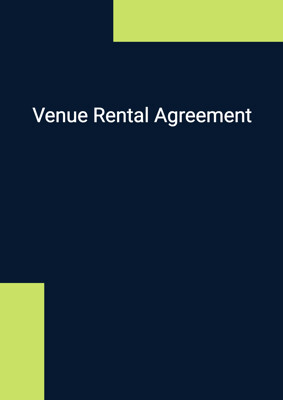How to Tailor the Document for Your Need?
01
Create Document
Fill in the details of the parties. You can click the "Fill with Member’s Information" button to complete it with information saved to your account.
02
Fill Information
Please fill in any additional information by following the step-by-step guide on the left hand side of the preview document and click the "Next" button.
03
Get Document
When you are done, click the "Get Document" button and you can download the document in Word or PDF format.
04
Review Document
The document should be signed by the authorised signatory (or directors of a company) and witnessed to complete the formality.
Document Preview
Document Description
This document is a commercial lease agreement between the lessor and the lessee. The document begins by highlighting the importance of the lease agreement and the obligations of both parties. It provides a detailed introduction to the entire document, explaining that the lessor agrees to lease the premises to the lessee for commercial purposes. The document also includes a section on the term of the lease, specifying the start and end dates and any break clauses. It explains that the lessee must deliver vacant possession of the premises on the expiration of the lease and has the option to renew the lease with the lessor's agreement. The document further outlines the rent payment terms, including the charges for water, electricity, gas, telephone, and other outgoings. It states that the lessee must pay the rent on time and in full, and failure to do so may result in termination of the lease. The document also covers the deposit, stating that it must be paid within one business day after the signature of the lease and may be retained by the lessor in case of lease termination or breach by the lessee. It explains that the lessee is responsible for paying for any damages caused to the premises and must comply with all laws, regulations, and rules. The document includes provisions for termination of the lease, premises unfit for occupation, and miscellaneous clauses. It concludes by stating that any disputes shall be resolved in accordance with the laws of the jurisdiction and the exclusive jurisdiction of the courts of that jurisdiction.
How to use this document?
1. Enter into the lease agreement: Both the lessor and the lessee should sign the lease agreement, acknowledging their agreement to the terms and conditions.
2. Specify the premises and purpose: Clearly identify the premises being leased and state that it is for commercial purposes.
3. Determine the term of the lease: Specify the start and end dates of the lease, including any break clauses if applicable.
4. Agree on rent payment terms: Determine the rent amount and frequency of payment. Clarify whether the rent includes any additional charges for fixtures, fittings, equipment, or other items.
5. Settle the deposit: The lessee must pay the deposit within one business day after signing the lease. Understand that the lessor may retain the deposit in case of lease termination or breach by the lessee.
6. Comply with obligations: Both parties must fulfill their obligations as outlined in the lease agreement. The lessee must pay the rent and other charges on time, maintain the premises, and indemnify the lessor for any damages caused. The lessor must keep the premises in proper repair and provide assistance with lease registration if requested.
7. Terminate the lease: If either party breaches the lease agreement, the other party may terminate the lease after providing written notice and allowing time for remedy. Understand that termination may result in the deduction of outstanding payments from the security deposit.
8. Handle premises unfit for occupation: If the premises become unfit for use or occupation due to circumstances beyond the lessor's control, the rent and other charges may cease until the premises are accessible and fit for use. The lessor may give written notice to terminate the lease if the premises are not reinstated within a specified period.
9. Follow applicable laws and regulations: Both parties must comply with all laws, regulations, and rules related to the premises and the lease. The lessee should not use the premises for any unlawful or immoral purposes.
10. Seek legal advice if necessary: If there are any uncertainties or disputes regarding the lease agreement, it is advisable to seek legal advice to ensure compliance with applicable laws and protect the rights and interests of both parties.
Not the right document?
Don’t worry, we have thousands of documents for you to choose from:
